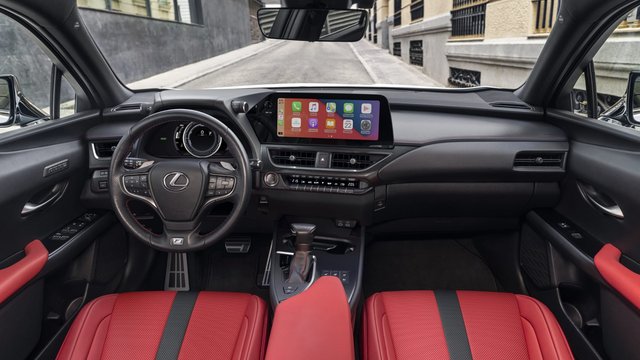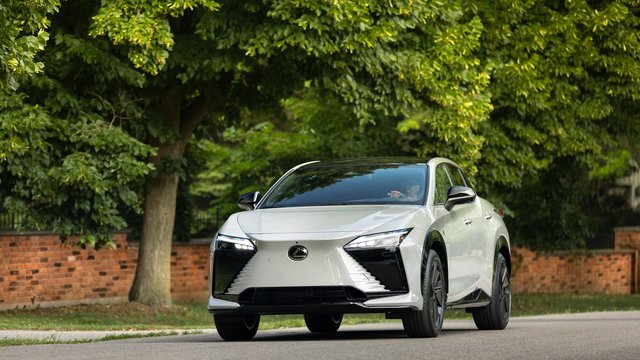December parking at Square One Shopping Centre in Mississauga puts drivers in tight quarters....

The Lexus spindle grille has been a defining feature of the luxury automaker's design language for the past 12 years. Introduced on the LF-Gh concept model in 2011, it has evolved to become an integral part of Lexus vehicles, shaping their visual identity and brand recognition.
Rooted in the L-finesse design philosophy, the spindle grille was developed by designers Katsuhiko Inatomi and Takeshi Tanabe. Its distinctive features include a trapezoidal upper half, intricate mesh patterns, and chrome surrounds, creating a bold and sophisticated front fascia. Beyond aesthetics, the grille serves functional purposes, improving airflow and optimizing engine temperature.
Craftsmanship is paramount in the creation of the spindle grille, with meticulous attention paid to every detail, from surface treatment to paint finish. The grille's design influences the entire front-end styling, including bonnet lines, headlamp arrangements, and bumper depth.
The spindle grille has become a symbol of Lexus's brand values, representing sophistication, elegance, and boldness. Its versatility allows for adaptation across different models, with F Sport variants featuring a more aggressive interpretation.
As Lexus moves into electrification, the spindle grille concept is evolving into the "spindle body" design. This approach, seen in the new Lexus RX SUV and the all-electric RZ, integrates the grille shape seamlessly into the overall vehicle design. For electric vehicles, where traditional cooling requirements are reduced, the spindle shape is reimagined as a body-coloured central panel.
The spindle body concept generates lines that flow from the front of the vehicle through the bonnet and headlamp units, creating a strong and distinctive appearance. This evolution represents Lexus's commitment to innovative design that respects its heritage while embracing future trends.
The history of the Lexus spindle grille demonstrates the brand's dedication to creating a strong visual identity. The breakthrough came with the 2011 Lexus CT 200h, where designer Katsuhiko Inatomi connected the upper and lower grille elements into a single frame with a central pinch-point, creating the iconic spindle effect.
Each application of the spindle grille is carefully considered, with designers adjusting elements such as mesh patterns, grille surrounds, and the height of the pinch-point to suit different models and express specific qualities. F Sport variants feature a more intricate mesh made of dozens of tiny L-shaped pieces, showcasing Lexus's commitment to craftsmanship.
The spindle grille has played a crucial role in establishing Lexus as a modern, advanced premium manufacturer. It serves as an anchor point for the vehicle's overall design, influencing everything from bonnet lines to the sculpting of front wings. This attention to detail and cohesive design approach has helped Lexus create vehicles with strong visual impact and brand recognition.
Other Articles That May Interest You
When you're ready to invest in a Lexus flagship SUV, the decision often comes down to two...
Electric vehicle ownership in Canada continues to evolve as charging infrastructure expands and...




